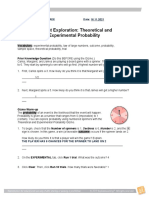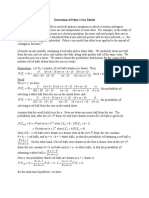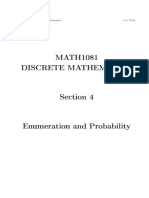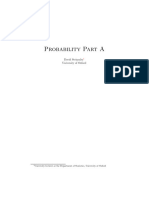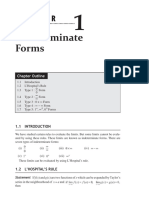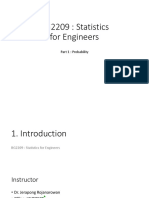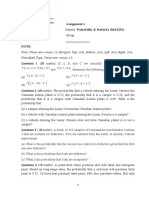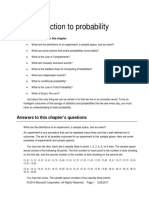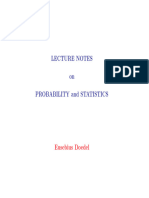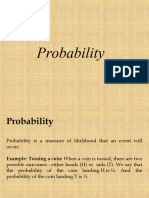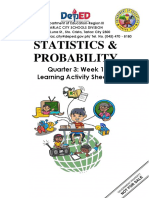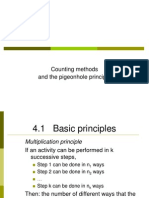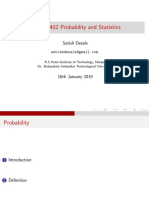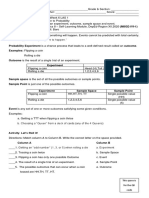0% found this document useful (0 votes)
323 views9 pagesProbabilityLectureNotes (MSD) 1
These class notes are prepared for the paper Probability Theory (Paper code :-5:5) of TDC 5th semester NON-CBCS classes.
Uploaded by
MrigankaCopyright
© © All Rights Reserved
We take content rights seriously. If you suspect this is your content, claim it here.
Available Formats
Download as PDF, TXT or read online on Scribd
0% found this document useful (0 votes)
323 views9 pagesProbabilityLectureNotes (MSD) 1
These class notes are prepared for the paper Probability Theory (Paper code :-5:5) of TDC 5th semester NON-CBCS classes.
Uploaded by
MrigankaCopyright
© © All Rights Reserved
We take content rights seriously. If you suspect this is your content, claim it here.
Available Formats
Download as PDF, TXT or read online on Scribd
/ 9




